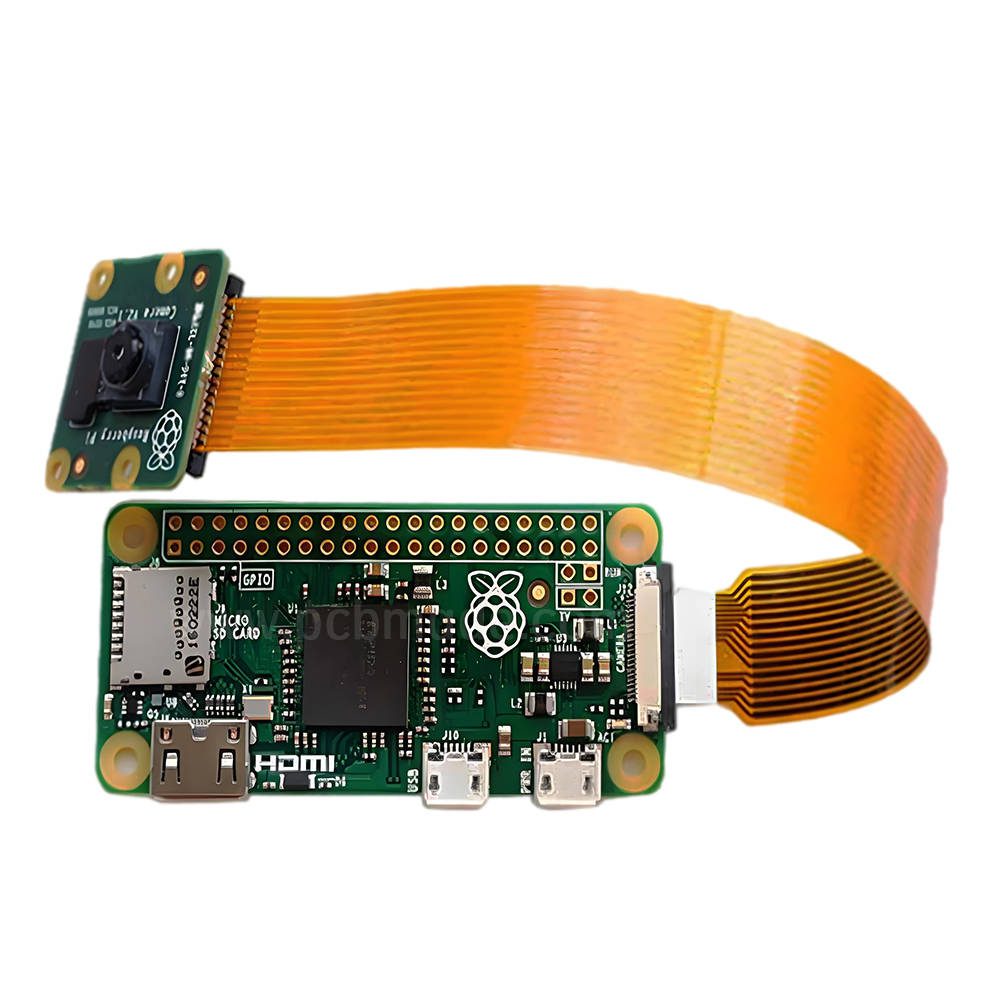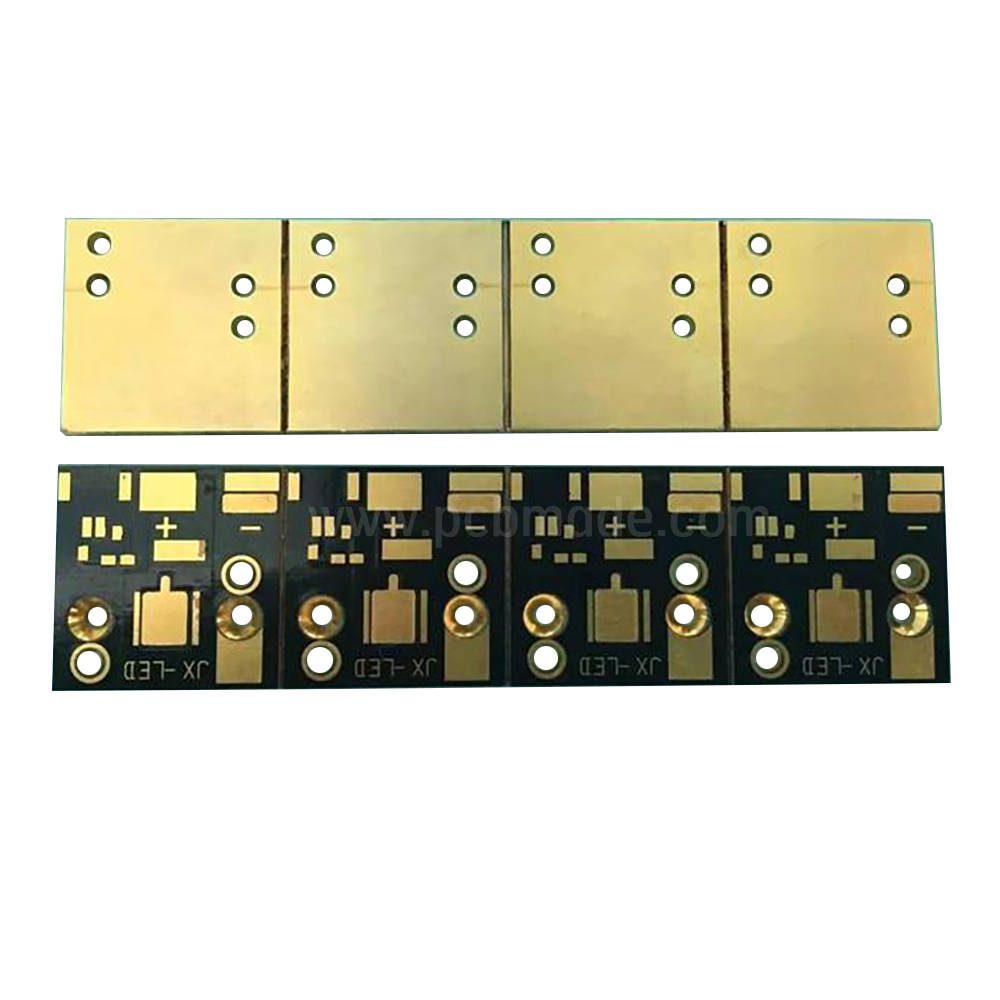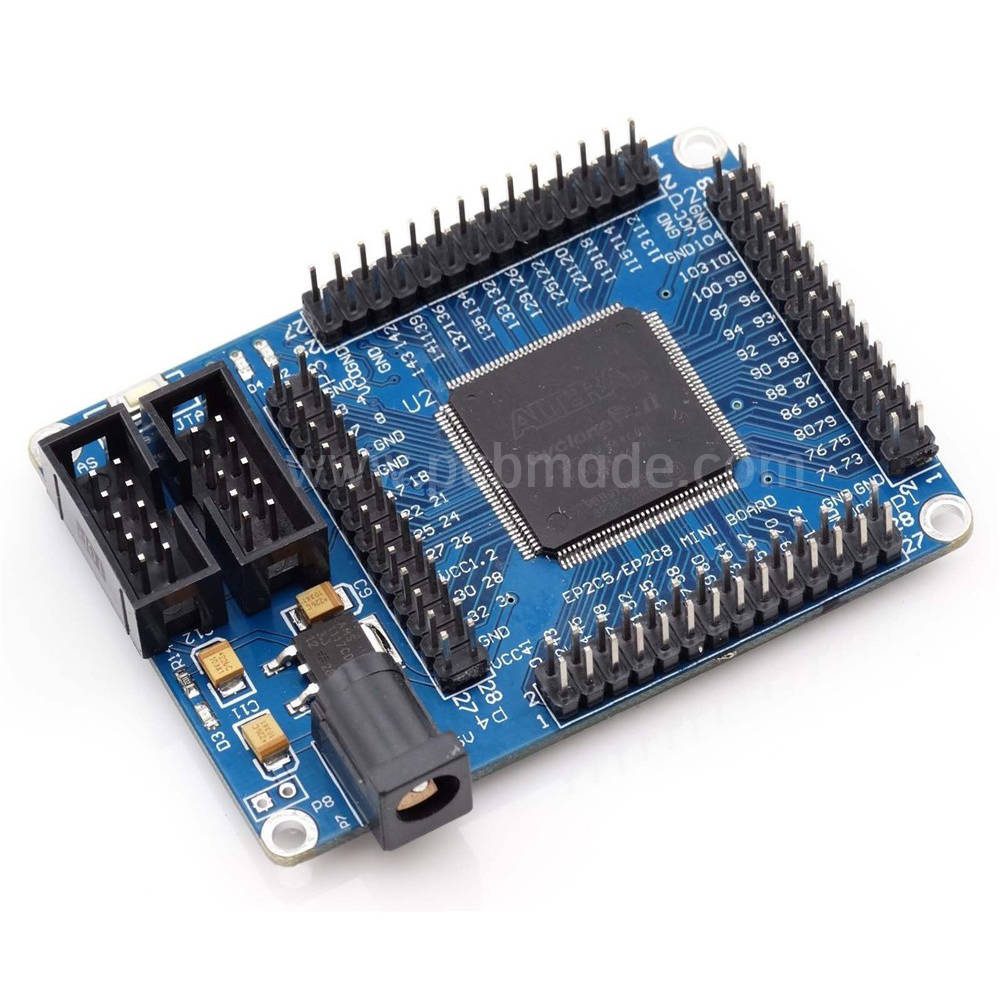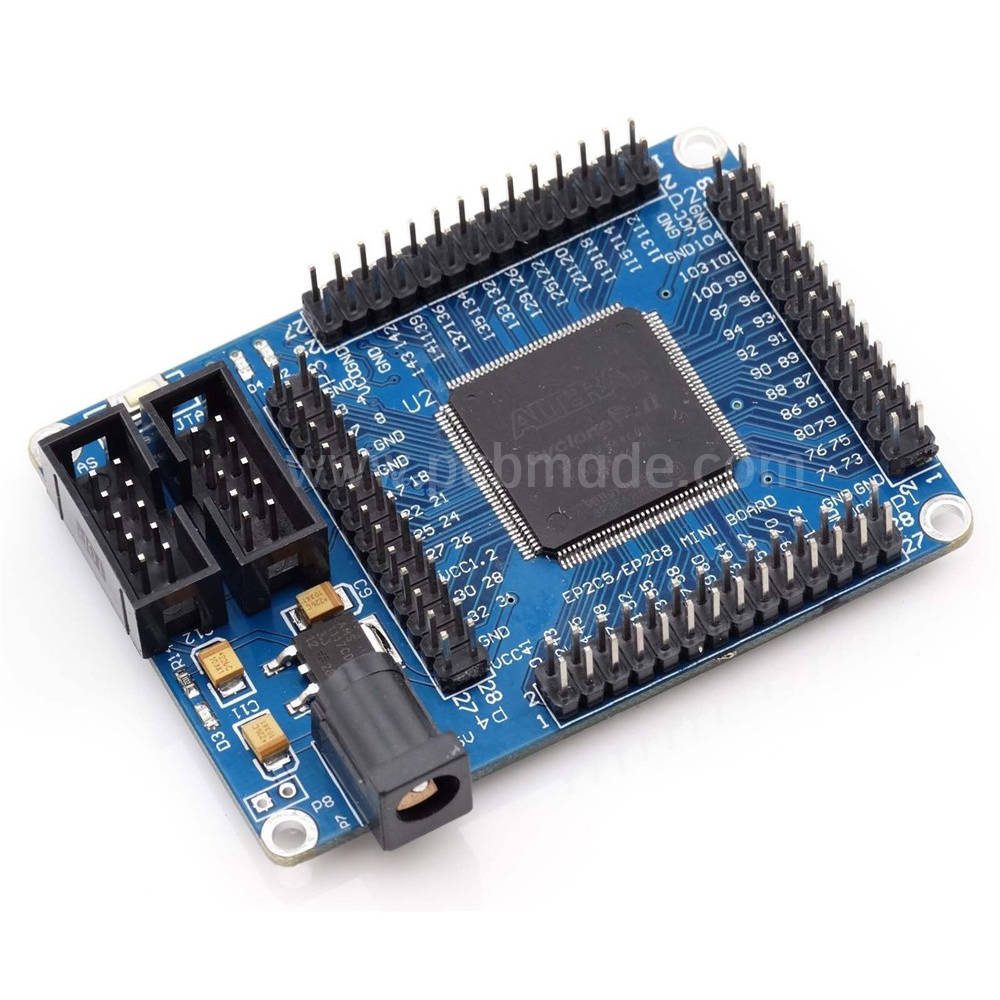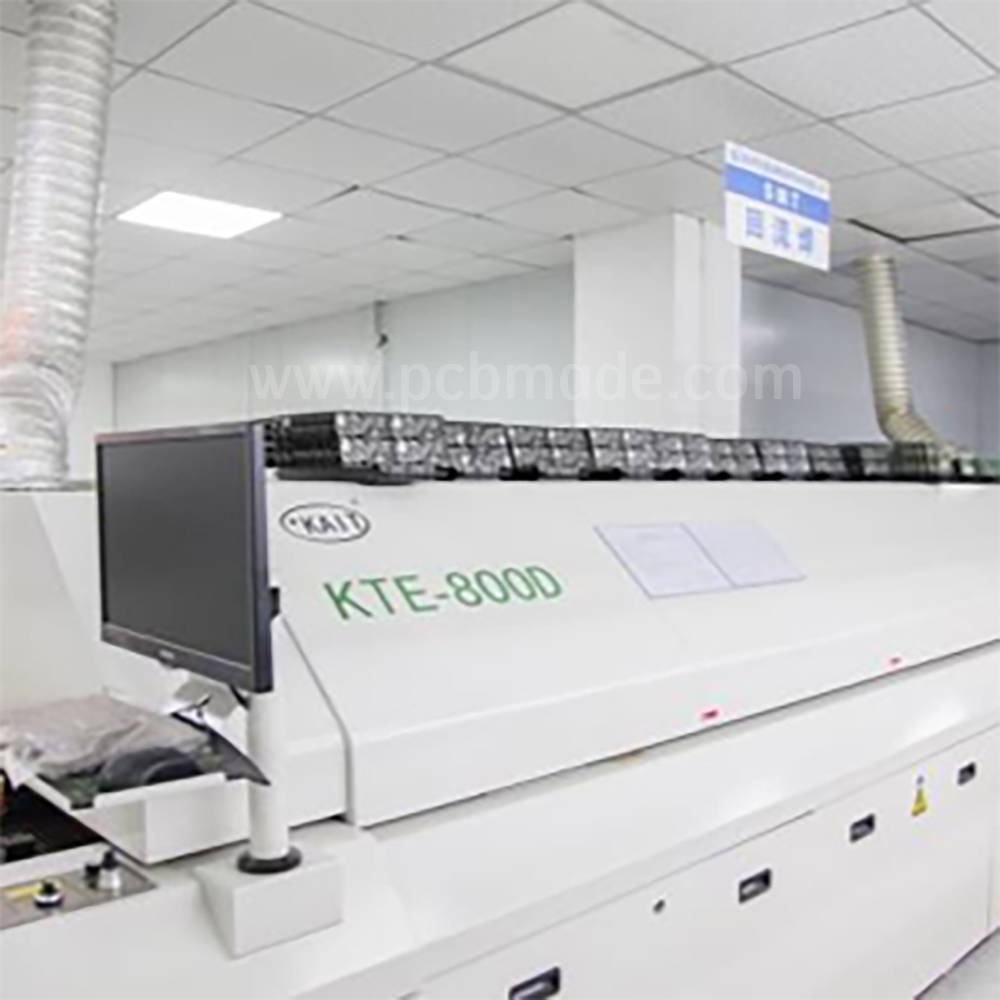Printed Circuit Board (PCB) is an indispensable part of modern electronic devices, but due to various reasons such as manufacturing defects, environmental impacts, or improper use, PCB may malfunction. When a malfunction occurs, we need to quickly identify the root cause of the problem and take corresponding measures to repair it.
1、 Appearance inspection:
When equipment abnormalities or malfunctions are detected, the first step should be to conduct a visual inspection. Check for obvious signs of solder joint breakage, burning, or melting. At the same time, it is necessary to check whether the components are tilted, detached, or damaged.
2、 Power on test:
Power on testing is a common and effective method for troubleshooting PCB faults. Test the circuit board using a multimeter, oscilloscope, or other testing equipment with correct power supply. At this point, we need to test the working status and values of key components on the circuit board, such as resistors, capacitors, and diodes, to detect the presence of faults.
3、 Route tracking:
The circuits on PCBs are usually very complex, and when a fault occurs, we need to track the circuit to find the specific location of the fault. By studying the schematic and PCB layout, we can determine the direction of signal and power lines, and use tools such as short-circuit detectors or signal generators to check whether the line connections are good.
4、 Thermal infrared image:
The use of thermal infrared imaging technology can intuitively detect abnormal temperature changes on PCBs. When a device malfunctions, it may generate higher or lower temperatures. By using a thermal infrared camera, we can quickly locate faulty components without touching the circuit board.
5、 Component replacement method:
If the root cause of the fault cannot be found through the above methods, it may be considered to replace the key components. Replace the suspected faulty component with a functioning component and observe if the problem can be resolved. This method is often used to troubleshoot faults caused by component damage.
6、 Segmented testing method:
For large and complex PCBs, the circuit board can be divided into several blocks for testing, gradually narrowing down the scope of faults. By continuously eliminating the parts that worked normally during the testing process, gradually narrowing down the scope of the fault, the specific location of the fault can ultimately be found.
Through the above troubleshooting methods, we can quickly identify the root cause of PCB faults and carry out corresponding repairs and improvements based on the test results. By using reasonable troubleshooting methods, we can ensure the normal operation of the circuit board and improve the reliability and stability of the equipment.




